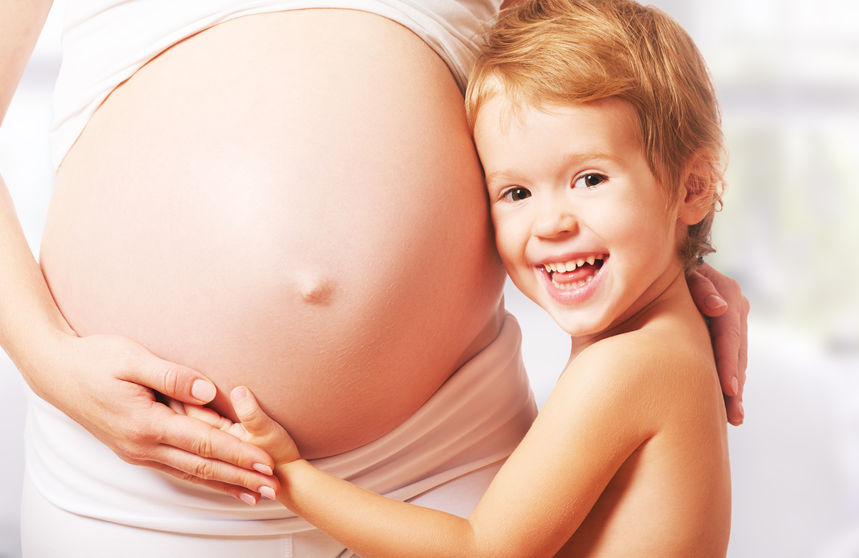Conception At 35: Is It Risky?

35 was the go-to number for advanced maternal age between the ‘80s and 90’s. At the time, the chance of having a baby with Down syndrome was 1 out of 200 for a 35-year old. The risk of a miscarriage due to amniocentesis (a procedure that involves extraction of amniotic fluids, used to diagnose chromosomal abnormalities) was also 1 out of 200 at the age of 35.
According to the National Down Syndrome Society, today 1 in every 350 women at the age of 35 have a child affected by Down syndrome. Further studies have found that 1 in every 1,600 women at 35, can experience a miscarriage from an amniocentesis during the second trimester. This means that 35 can no longer be used as measure for the cut-off age to match risks. That being said, a 20-year-old woman has 1 in 2,000 chances of having a baby with Down syndrome.
There is an inevitable increase in chromosomal abnormalities as maternal age progresses. The chances lead up to 1 in 350 at the age of 35, 1 in 100 at the age of 40, and 1 in 300 at 45.
When referring to a mother at the age of 35 or above, the medical world uses codes, such as “Elderly Mutigravida/ Primagravida.” Elderly Mutigravida suggests the woman is 35 or over, and has been pregnant before, while Primagravida indicates a first pregnancy. Other quasi-ageist terms used to tag a pregnancy at 35 are “geriatric pregnancy” and “high-risk.” However, practitioners wouldn’t recommend a mother to consult a high-risk doctor purely based on her age – only if there is a possibility of medical complications as a result of genetics, or something that happened during the pregnancy.
Keeping age aside, all pregnant women are monitored for a litany of conditions that can affect the health of mother and child. Women over 35 have higher odds of premature delivery, the need for a C-section, having placenta previa or preeclampsia, and a possibility of pregnancy loss. A woman of advanced maternal age, who has any of the above mentioned conditions along with diabetes, and issues with blood pressure- will be monitored more closely during her pregnancy.
The measure of the age 35 being high-risk is traditional and, quite frankly, an invalid approach. As long a mother-to-be exercises, has healthy weight while maintaining a good diet, and doesn’t consume alcohol or smoke, the odds of developing a harmful pregnancy condition decreases dramatically. Maternal age has less to do with the baby and more to do with the mother’s health and body.
Source: http://www.curejoy.com/content/conception-35-risky/